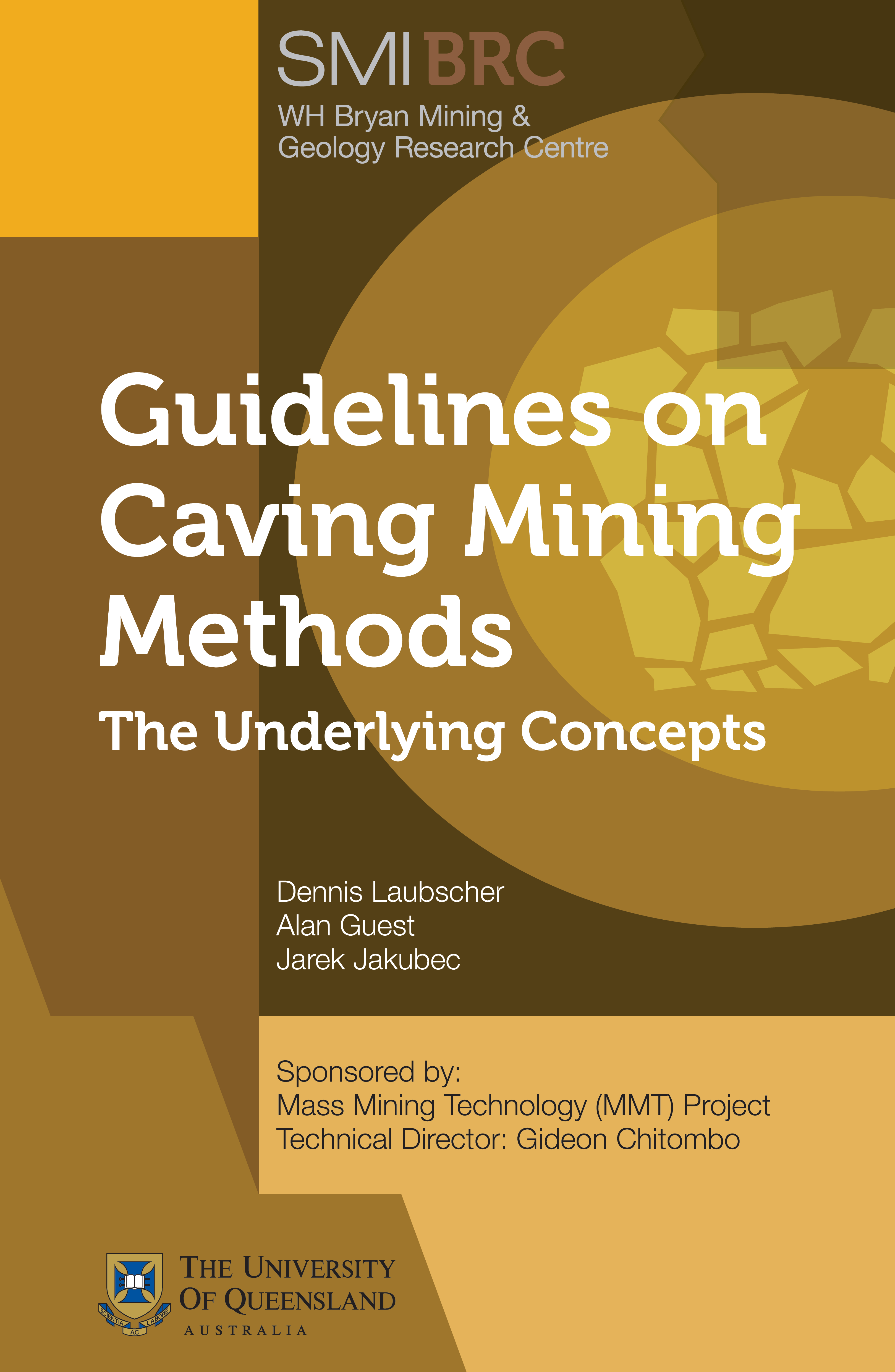Welcome to the world-renowned series of technical monographs, published by the Julius Kruttschnitt Mineral Research Centre (JKMRC) for the practising engineer.
JKMRC publishes a unique and widely-lauded series of monographs on mining and mineral processing, designed to help practitioners do a better job in operations, consulting, engineering services and research. These books combine practical method with scientific rigour by the world-renowned expertise available at JKMRC, and its peer groups, to deliver effective solutions to problems that professionals are required to solve in the field. Because of the applied research basis of the expert knowledge captured in the monographs, the books can also be a valuable aid for undergraduate and postgraduate students.
Each book is designed as an integrated approach to a particular topic, written by top experts in the field and including many illustrative case studies.
- Mineral Comminution Circuits is the standard work on the operation and optimisation of comminution and classification circuits, and a guide to process simulation using JKSimMet
- Open Pit Blast Design covers the blast design and monitoring methodology developed by JKMRC researchers over many years of applied research in Australia and overseas
- Block Caving Geomechanics makes available the knowledge gained in the first International Block Caving Study
- Guidelines on Caving Methods builds on this knowledge based on the succeeding Mass Mining Technology research program
- Metal Balancing and Reconciliation provides metallurgists and geologists with the information necessary to practice these essential skills and complements the Draft Code of Practice developed as part of an AMIRA project
- Statistical Methods for Mineral Engineers is a comprehensive and practical guide to collecting and analysing data, including plant trials
- Process Mineralogy is a wide-ranging treatment of principles, methods and technologies in this vital process discipline.
Explore the series below.
1. Guidelines on Caving Mining Methods: The Underlying Concepts
 Dennis Laubscher, Alan Guest and Jarek Jakubec
Dennis Laubscher, Alan Guest and Jarek Jakubec
Sponsored by the Mass Mining Technology Project (MMT II and III)
Email: jkpublications@uq.edu.au
Since being mechanised, cave mining methods have been steadily evolving to suit the prevailing economic, geological and geotechnical conditions. These methods, which broadly speaking are classed as mass underground mining options, have not always been successful in meeting the production demands of metalliferous mineral commodities including copper, copper-gold, molybdenum, nickel, iron ore and diamonds. These problems have sometimes resulted in high operating costs and poor ore recoveries, significantly reducing the number of projects achieving the desired production rates. This unfavorable situation has partly been the result of the gradual decline in the number of people with longstanding practical experience in cave mining methods. This has resulted in non-adherence to the established underlying principles of cave mine planning, construction and operations. The MMT projects (II and III) funded the preparation of these Guidelines, utilising the combined knowledge and experience of DH Laubscher, AR Guest and J Jakubec, who arguably represent three of the cave mining industry’s most experienced practitioners.
Complete the order form (DOCX, 66.8 KB)
The Guidelines are not a recipe for caving mining design, planning and operation. They are intended to be used principally during feasibility studies as high-level reference by the project study managers to ensure that the underlying principles of cave mining are adhered to. They are not to supplant the absolute necessity for subsequent detailed technical analysis and modelling for actual design and operational parameters as all cave mining prospective deposits are different and require site specific parameters but in accordance to principles stipulated in these Guidelines.
Monograph review
"The Guidelines on Caving Mining Methods is a timely publication since it is clear the future mass mining of many commodities, such as copper, will increasingly require caving; but it is worrying that few mining professionals possess the requisite knowledge and experience to competently discover the deposits and to develop and operate these mines of the future. This knowledge has to be acquired in a very short time if the projected increases in metal demand over the next 30 years are to be met through new mine developments. The knowledge contained in the Guidelines is required not only by mining engineers, but by exploration and engineering geologists as well as CEOs and senior managers in large- and medium-sized metals mining companies. Geologists exploring for copper and other mass-mined commodities need the knowledge to understand the type of ore deposit they need to discover, or the suitability of a discovered deposit for caving. Engineering geologists require the knowledge to address the geotechnical challenges caving presents. CEOs and senior managers need it to comprehend the technical challenges and risks they will face in developing and operating their future caving mines.
The Guidelines are built on the combined knowledge of arguably three of cave mining’s most experienced practitioners but are not a recipe for caving mining design, planning and operation. They are intended to be used by project study managers during feasibility studies as a high-level reference to ensure adherence to the underlying principles of cave mining. They will not supplant the absolute necessity for detailed technical analysis and modelling to determine design and operational parameters. ALL prospective cave mining deposits are different and require site specific parameters developed in accordance with the principles stipulated in the Guidelines."
– Dan Woods AO (ex-EGM Exploration Newcrest Mining Ltd)
